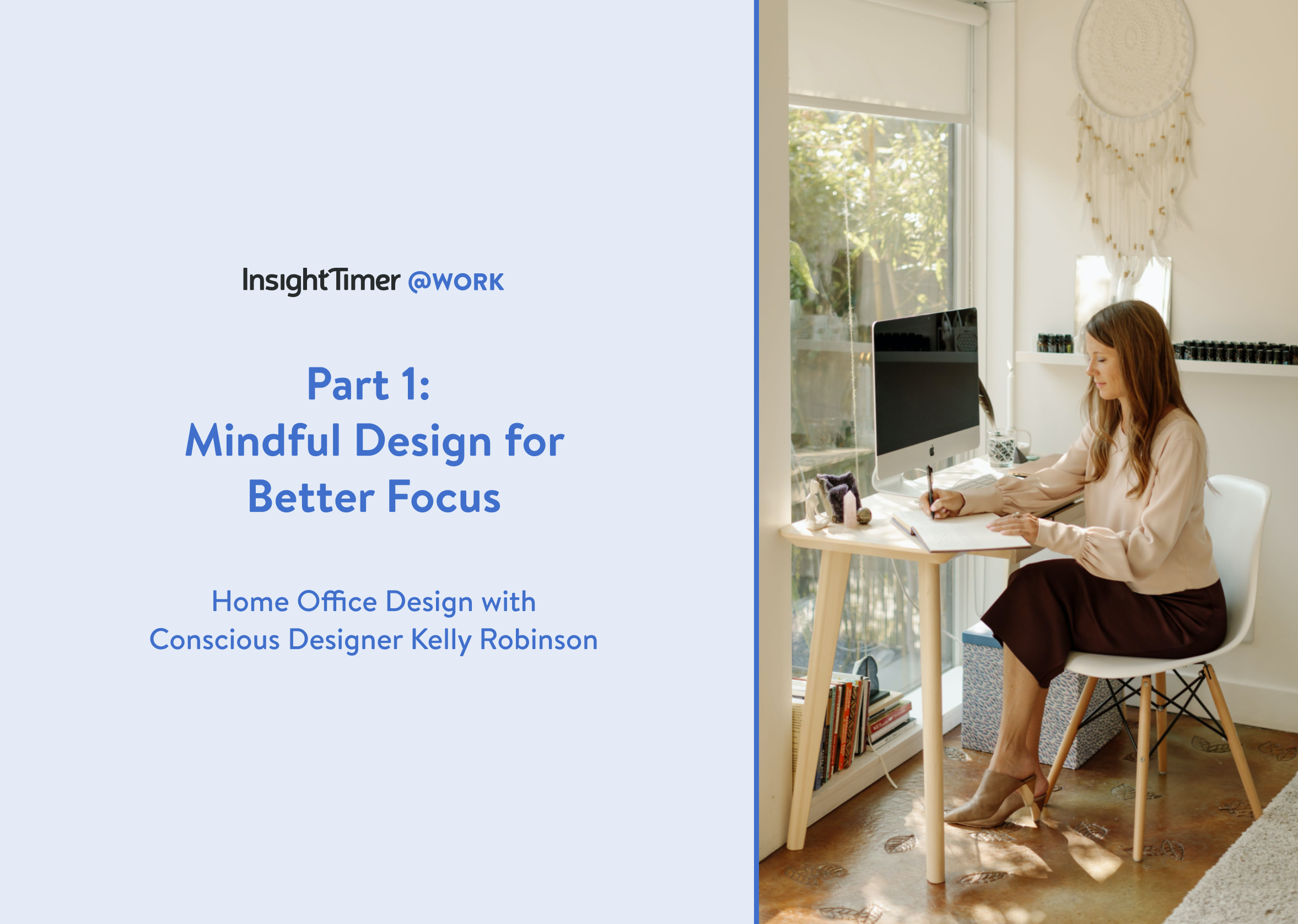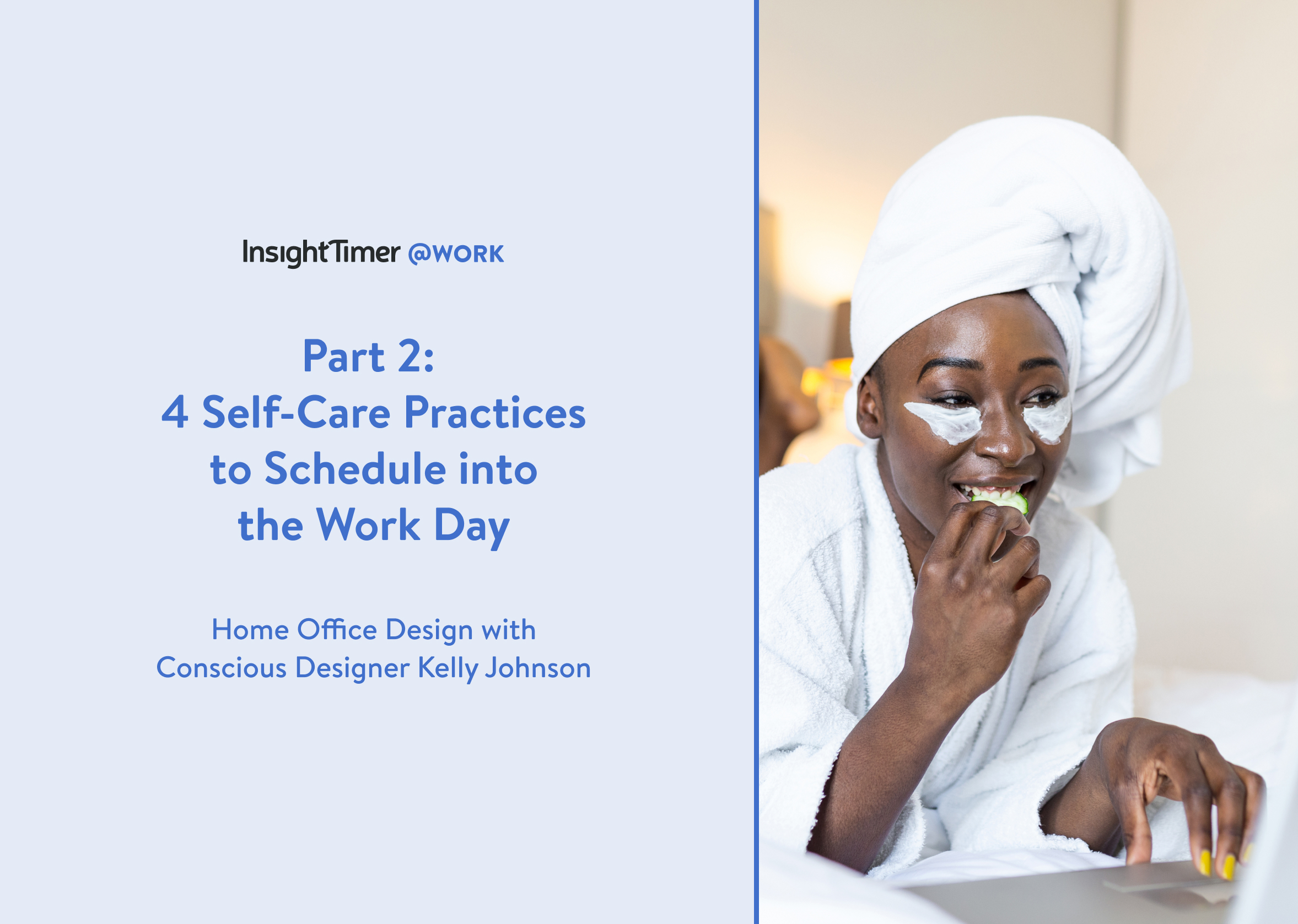The constant switch from working to parenting is tricky if you’re working from home. Most work situations call for an energy and tone that is quite different from the way you’d talk with a six-year-old, or even a sixteen-year-old for that matter.
That’s why it’s useful to develop a strategy and toolkit for switching between the two.
In my six years of managing full-time work with homeschooling an autistic kid, I’ve honed that switching skill so I can pivot from a child meltdown to a client presentation—or from a client meltdown to a rambunctious playtime. Here is what’s worked:
Develop a Switching Cue
A room change, ritual or simple prop can be really helpful in making the pivot from work brain to mum brain. For example, I change from my work glasses (computer-friendly readers) to my kid glasses (progressives) when I get up from my computer, which really helps me reset into Mum Mode.
Plan for Resets
Switching is easy when my kids and colleagues are having good days. But if I’ve had a difficult conversation with a colleague, or a meltdown with my kid, it’s harder to regain balance. That’s why I like to have a few emergency tools up my sleeve.
Sometimes the fastest way to vent and shift gears is to send a quick text to a friend (“OMG!!!”) but it’s much more effective to listen to a short meditation on releasing anger, or a walking meditation that takes me around the block.
If you’re trying to bring more positive energy to your kid or colleague, try a focused loving kindness meditation (LKM). A Stanford University study found that a 7-minute LKM session had a pronounced effect on the positivity participants felt towards the subjects of their meditations.
Get Ahead of your Deadlines
I was a lifelong procrastinator until I was forced to change my ways. Every difficult kid scene was three times as stressful on days where I had an imminent client deadline. Getting work done ahead of time means that if my kid is having a rough afternoon, I can set my work aside without worry.
Block off Tricky Windows
If there are particular times of day when your work and home life come into conflict, try blocking them off in your calendar. In our house, the toughest window is in the morning which is when my son is often agitated and needs extra support. So I try not to book any calls, and if I have to take a meeting, I make sure my husband is available to work with my son and his support worker.
Look Outside 9-5 for Uninterrupted Work Time
If your kids are home full-time, look beyond your usual work hours—or their waking hours—for your best windows. I’ve become an early riser so that I can address time-sensitive emails or tackle more demanding tasks before my kids wake up. Which means I can be more present with them when they do.
Be Candid About Constraints
One blessing of the pandemic is that I can finally be 100% open about having kids around during the workday. Just as crucial, I let my kids know when I’m having a crunch week, so they know to expect a little less hands-on parenting and a few more pizza dinners.
Block Out Your Other Life
While I often live with some low-level crossover between the two halves of my existence—like the sound of my kids playing while I’m working upstairs, or the ping of a work message while we’re all in the living room—I also have tools for narrowing my field of vision when I need to. I break out the noise-cancelling headphones when I don’t want to hear the kids, or hide in the one room with a locking door; to break from work, I leave my computer on the desk so I can give the kids my full attention.
But sometimes, switching isn’t what’s needed: instead, we can opt for integration. I’m writing these final words as I sit next to my son, and far from being distracting, his laughter is the best possible soundtrack for my working life, too.








